

Feeling anxious about the ACT Math section because there’s no formula sheet? Relax! This blog is your guide to mastering ACT Math, even without formulas by your side. We’ll equip you with the must-know formulas you need to ace the test with confidence. We’ll break down these essential formulas into clear, understandable categories. No more panicking during the test; you’ll have a structured understanding of the formulas you need to apply, making them effortless to recall and use. Yocket is here to support your preparation journey, ensuring you approach the ACT Math section with confidence and success.
Table of Contents
Discover 20 ACT math formulas every US student should know.
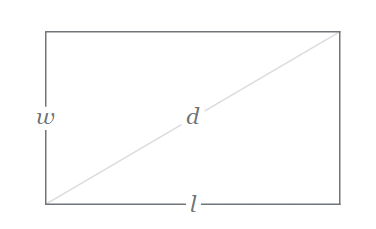
The formula accurately represents the relationship between the dimensions and the area of a rectangle. So, the formula essentially states that the area of a rectangle is calculated by multiplying its length and its width.
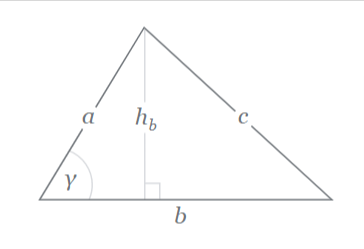
The area of a triangle can be calculated using the formula 1/2 Base x Height, where base refers to any side of the triangle and height is the perpendicular distance from that base to the opposite vertex. This formula holds true for all types of triangles, whether they are right-angled, isosceles, scalene, or equilateral.
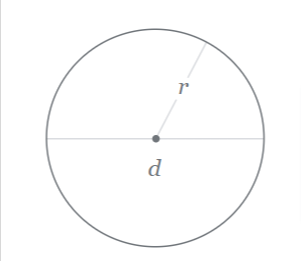
This formula explains the relationship between two key properties of a circle: its area and its circumference. The area of the circle is calculated by multiplying π by the radius squared.
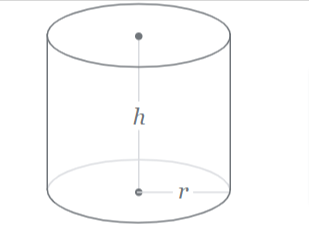
The formula Volume = πr²h tells you that the volume of a cylinder is found by multiplying the area of its base (πr²) by its height (h).
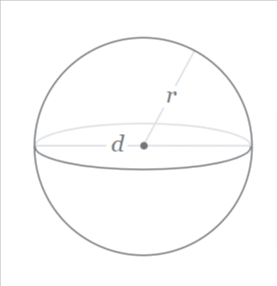
This formula essentially tells you that the volume of a sphere is proportional to the cube of its radius, multiplied by a constant factor of 43π.
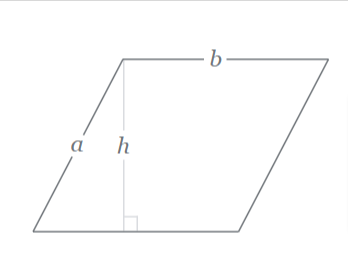
This is the most common and straightforward method. Imagine a parallelogram with a base of length “b” and a corresponding height “h” (perpendicular to the base). The area (A) can be calculated using this formula.
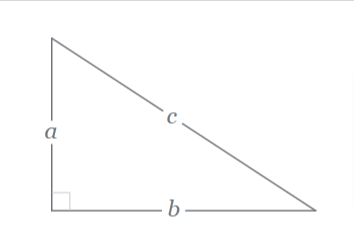
The Pythagorean Theorem is a fundamental concept in geometry that relates the lengths of the sides in a right triangle. In a right triangle (a triangle with one 90-degree angle), the square of the length of the hypotenuse (the side opposite the right angle) is equal to the sum of the squares of the lengths of the other two sides (called legs).

The slope formula is a mathematical tool used to calculate the steepness and direction of a non-vertical line. It tells you how much the line slants up or down as you move from left to right. Here’s the breakdown:
The distance formula, also known as the Euclidean distance formula, is a mathematical equation used to calculate the straight-line distance between two points in a coordinate system.
Here’s how it works:
Imagine you have two points, named A(x₁₁, y₁) and B(x₂, y₂), on a graph with x and y axes. The distance between these two points, represented by the letter “d”, can be found using the following formula:
If you’re working in 3D space, imagine points A(x₁₁, y₁₁, z₁) and B(x₂, y₂, z₂). The distance formula becomes:
d = √[(x₂ – x₁)² + (y₂ – y₁)² + (z₂ – z₁)²]
Where the additional term (z₂ – z₁)² accounts for the difference in z-coordinates squared.
The midpoint formula is a mathematical tool used in coordinate geometry to find the exact coordinates of the midpoint of a line segment.
Here’s how it works:
Imagine you have two points on a graph, identified by their coordinates:
The midpoint of the line segment connecting these two points will have the following coordinates:
Midpoint = ((x₁ + x₂)/2, (y₁ + y₂)/2)
This formula essentially takes the average of the x-coordinates and the average of the y-coordinates of the two endpoints. This is because the midpoint lies exactly between the two points in both the horizontal and vertical directions.
The equation of a line formula describes the mathematical relationship between the x and y coordinates of any point that lies on that line. There are several different ways to express this formula, depending on what information you have about the line. Here are the three most common forms:
This is the most widely used form, written as
This form is useful if you know the slope (m) and the coordinates of one point (x1, y1) on the line:
This form expresses the equation in terms of all three variables, although it’s not always the most convenient.
A, B, and C are constants.
| Why is memorizing ACT Math formulas important? The ACT has a time crunch. There are 60 questions, which you have to answer in 60 minutes. This means you’ve got just one minute per question. That’s why knowing the key formulas is crucial. They’ll save you precious time and mental energy, allowing you to focus on strategically solving problems instead of scrambling to remember obscure equations. |
The quadratic formula is a mathematical equation used to solve quadratic equations, which are equations of the form:
Factoring is the process of breaking down a polynomial expression into its constituent parts, like breaking down a number into its prime factors. It’s a crucial skill in algebra as it simplifies expressions, helps solve equations, and forms the foundation for many other concepts.
The statement logₐ(b) = x is equivalent to the equation aˣ = b, and understanding this relationship is key to grasping logarithms. Let’s break it down:
Imagine a tiny magnifying glass.
The equation logₐ(b) = x means:
In simpler terms:
In simpler terms, a linear function is any function whose graph forms a straight line. Mathematically, a linear function can be expressed in two main forms:
The quadratic formula is a mathematical equation used to find the roots (also known as zeros) of a quadratic function. These roots represent the x-values where the function equals zero.
The absolute value function, denoted by |x|, represents the non-negative version of a number. In simpler terms, it expresses the distance of a number from zero on the number line. Here’s the formula for the absolute value function:
There are two main formulas for standard deviation, depending on whether you’re dealing with a population (the entire dataset) or a sample (a subset of the data):
This formula applies when you have data for the entire population you’re interested in. It’s denoted by the symbol σ (sigma).
This formula is used when you only have data for a sample of the population and want to estimate the population standard deviation. It’s denoted by the symbol s.
s = √( Σ(xᵢ – x̅)² / (n – 1)
Trigonometry is all about relationships between sides and angles in right-angled triangles. Trigonometric ratios help us quantify these relationships, and there are six main ones to remember:
SOH CAH TOA: This mnemonic is a handy way to recall the formulas for the primary ratios:
The reciprocals of sine, cosine, and tangent also have names and uses:
This formula, sin2(θ) + cos2(θ) = 1, is known as the Pythagorean identity in trigonometry and holds true for any angle θ. It represents a fundamental relationship between the sine and cosine functions defined on the unit circle.
The ACT math formulas are essential tools for success on the test. Knowing and understanding them allows you to approach a variety of problems with confidence and efficiency. Without a grasp of these formulas, you might struggle to solve problems even if you have a strong conceptual understanding of math.
While formulas are important, simply memorizing them isn’t enough. It’s important to remember that understanding the underlying concepts behind the formulas is even more important. Simply plugging numbers into formulas without genuine comprehension can lead to errors and missed opportunities. You should understand when, how, and where to apply them. The ACT exam often tests your ability to choose the right formula for a given situation, not just recall it from memory.
Yes, you can use an approved scientific calculator on the ACT. Graphing calculators and calculators with other features are not allowed.
These are some of the topics covered in the ACT Math:
There are many resources available to help you prepare for the ACT Math test, including ACT Math practice tests, study guides, and online courses. The official ACT website also has a variety of free resources.